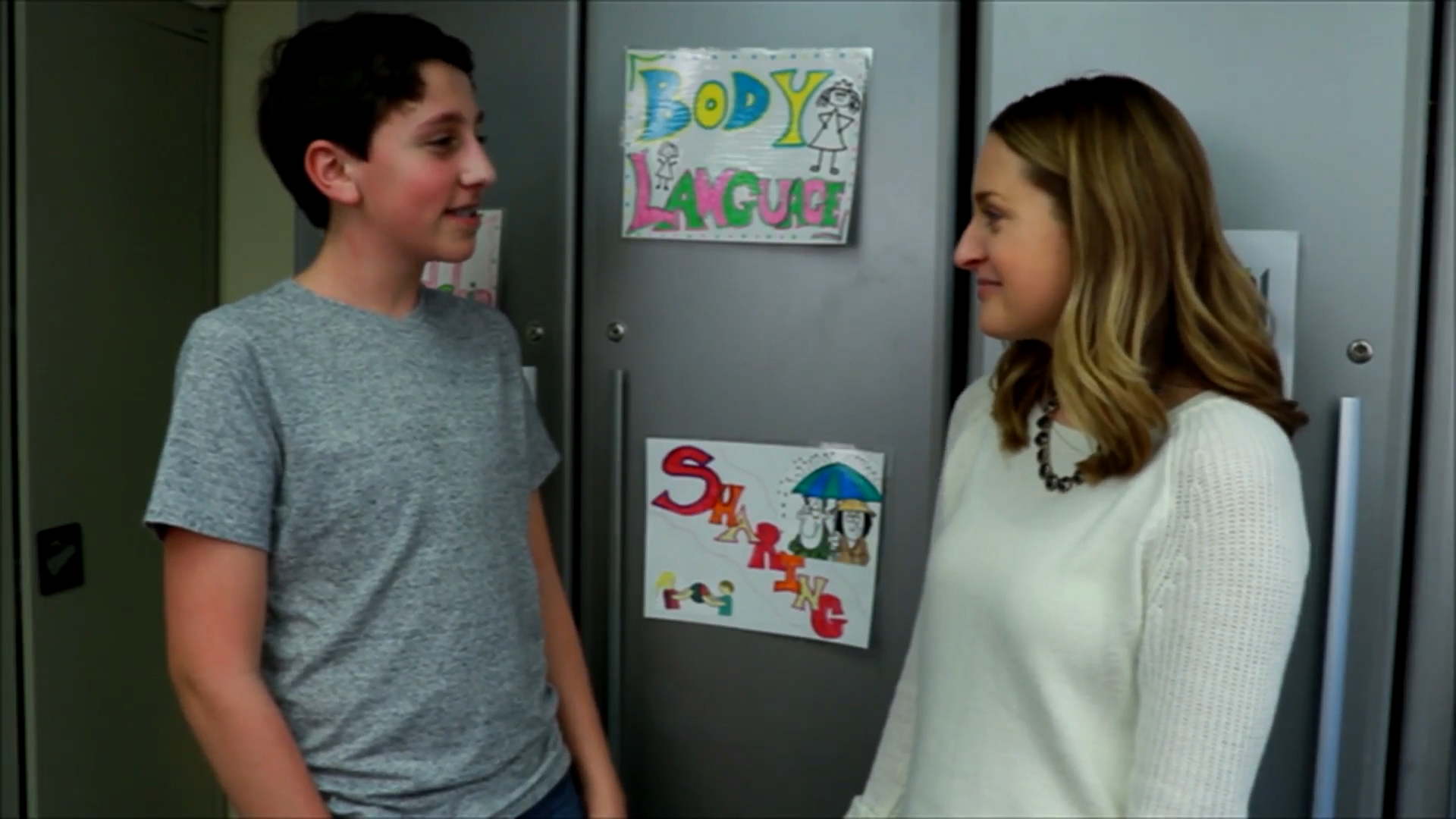Active Listening is a vital skill for students to develop strong communication and social-emotional abilities. Good listeners use their eyes, face, and body to demonstrate that they are genuinely interested in and paying attention to others. This blog post will explore the concept of Active Listening and provide educators with a no-prep activity, discussion questions, and resources to help students develop this essential skill.
Introduction
Active Listening is the act of fully engaging with the speaker by using various body language cues and verbal responses to show that you are attentive and genuinely interested in what they have to say. In contrast, a passive listener may hear the person speaking but does not demonstrate that they are paying attention. This can lead to miscommunication and feelings of frustration. Active Listening involves the following actions:
- Looking at the speaker
- Facing your body towards the speaker
- Nodding your head
- Displaying an interested facial expression
- Keeping your hands and feet quiet
Additionally, active listeners use connected comments or ask questions to demonstrate that they are truly engaged in the conversation. Developing Active Listening skills is essential for students, as it not only shows that they care but also helps them know what to do or say in the moment.
No-Prep Activity
To help students practice Active Listening, try the “Listen and Repeat” activity. This simple, no-prep activity requires no materials and can be done in a group setting.
- Have students sit in a circle.
- Select one student to begin by sharing a short story or experience.
- The next student in the circle should repeat the main points of the story and then add their own short story or experience.
- Continue around the circle, with each student actively listening, summarizing the previous story, and sharing their own.
This activity encourages students to actively listen to their peers and helps them practice summarizing information, an essential component of effective communication.
Discussion Questions
- What are some examples of body language cues that show you are actively listening?
- How does active listening differ from passive listening, and why is it important to practice active listening in our daily lives?
- Can you think of a time when someone was not actively listening to you? How did it make you feel, and how did it affect the conversation?
- What strategies can we use to stay focused and engaged during a conversation, even when we may be feeling distracted or uninterested?
Related Skills
Active Listening is just one component of effective communication. Other related skills that students should develop include:
- Empathy: Understanding and sharing the feelings of others
- Nonverbal communication: Interpreting and using body language, tone of voice, and facial expressions
- Assertiveness: Expressing oneself confidently and respectfully
- Conflict resolution: Addressing disagreements and finding mutually beneficial solutions
Next Steps
To further support your students in developing Active Listening skills and other crucial social-emotional learning competencies, sign up for a free sample of Everyday Speech materials. These resources are specifically designed to help educators teach and reinforce essential communication skills in engaging and interactive ways.






